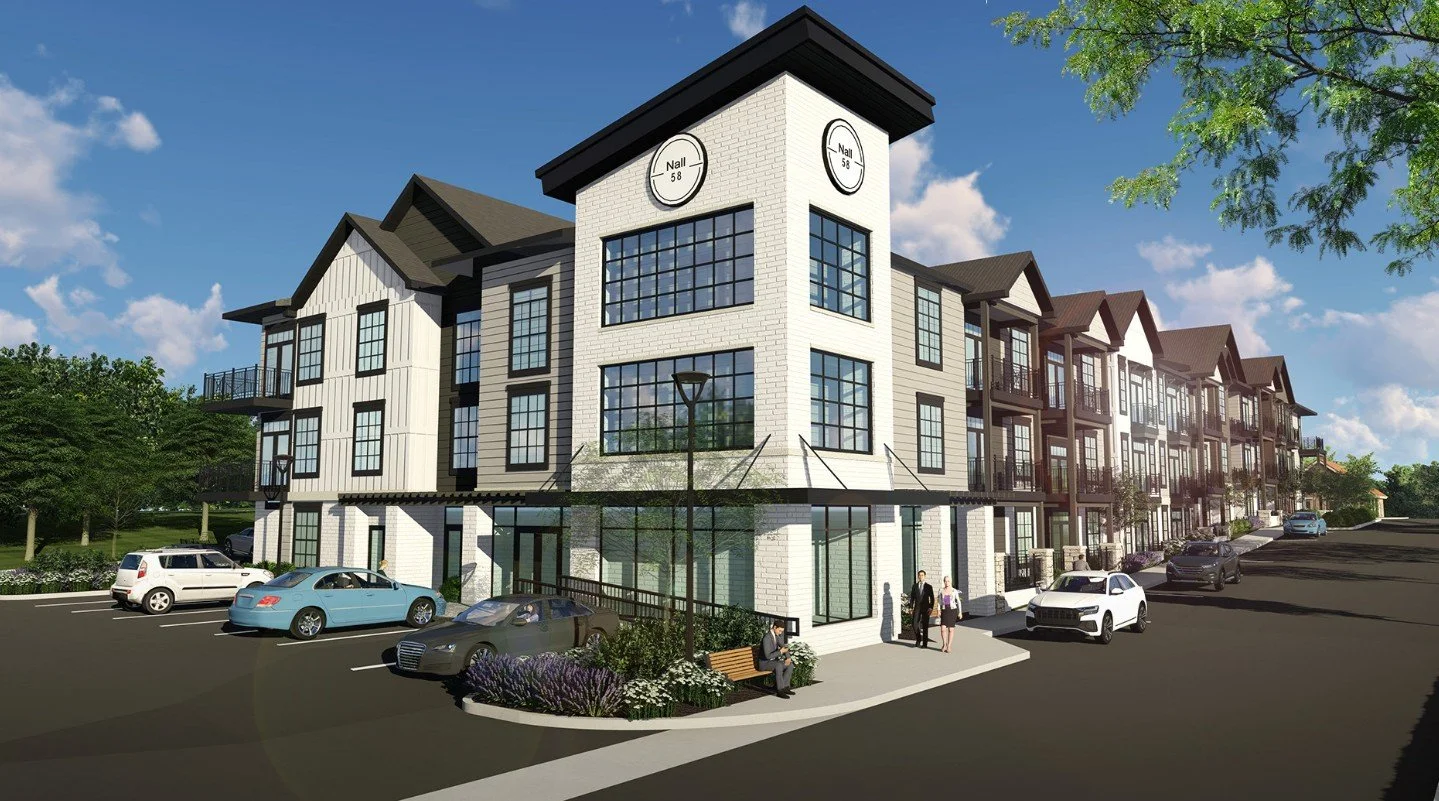Cerner Corporation, a global healthcare technology company headquartered in Kansas City, Mo., extended timely accolades to the physician community this week in honor of National Doctors' Day.
National Doctors’ Day, proclaimed in 1991 by President George H.W. Bush, is celebrated each year on March 30th to honor the nation’s physicians for their dedication and leadership.
“On behalf of Cerner, I’d like to recognize and thank physicians and clinicians everywhere for their sacrifices and heroic efforts in safeguarding the health of their communities,” said Brent Shafer, chairman and CEO of Cerner.
“Physicians have always played an important role in society, but in these unprecedented times, we have witnessed our client physicians going above and beyond. We thank you for being on the frontlines of this pandemic and every day," Shafer said.
With pre-pandemic burnout rates among physicians and clinicians on the rise, Cerner has continuously worked to provide tools and technologies aimed at reducing physician burnout. Throughout the years, Cerner has cumulatively invested more than $7 billion into research and development, creating meaningful physician-focused innovations, like voice-assisted technology and improved AI-assisted clinical documentation.
Since the global onset of COVID-19, Cerner has taken numerous steps to protect and empower physicians by expanding telehealth capabilities with Cerner Patient Observer and AmWell, making it easier for clients to perform life-saving work.
“As a practicing physician, I want to express my admiration and heartfelt gratitude for those physicians fighting on the frontlines of this global pandemic,” said Lu de Souza, MD, vice president and chief medical officer, Cerner.
“We at Cerner are responsible for providing these physicians with the infrastructure and support needed to combat this outbreak. We are humbled by the opportunity to develop technology that proactively contributes to physician wellness,” de Souza said.
Cerner currently employs more than 100 physicians, and Cerner’s solutions have nearly 700,000 physician users. Cerner has worked alongside its client physicians for decades to design intuitive, physician-friendly solutions that enable collaboration across mobile and desktop platforms and enhance user efficiency, productivity and satisfaction.
For more information on the company’s commitment to providing a first-class physician experience, visit Cerner’s Physician Solutions page. For more on Cerner’s response to COVID-19, visit Cerner’s COVID-19 Update or Commitment & Support to Clients.





